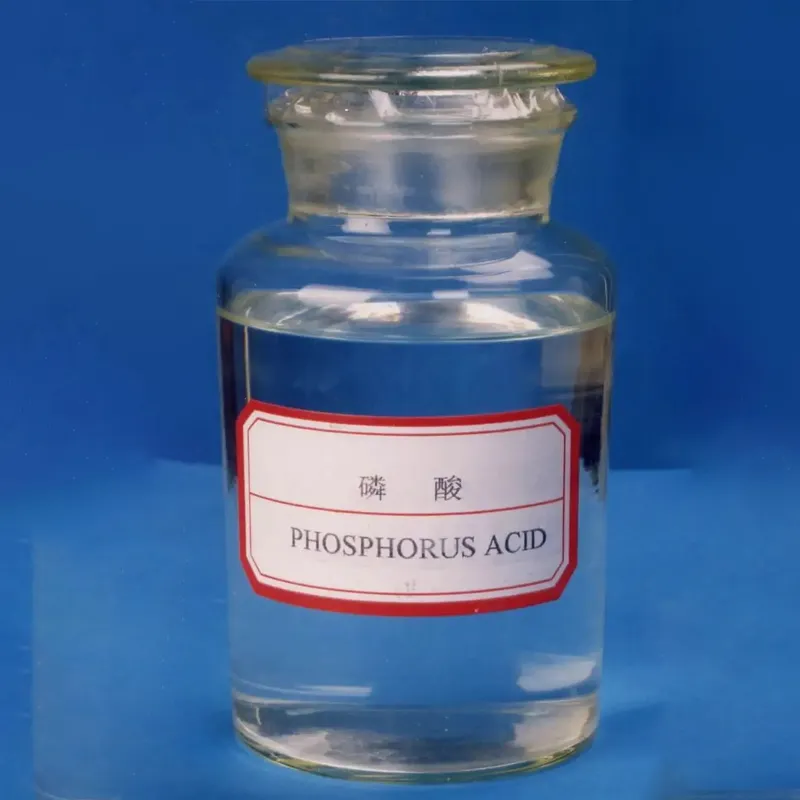
e162 food additive
Understanding E162 The Natural Food Additive
In today's food industry, food additives play a crucial role in enhancing the appearance, flavor, and shelf life of products. Among these additives, E162, also known as beetroot red or betanin, stands out for its natural origins and vibrant coloration. Extracted from the roots of the beet plant (Beta vulgaris), E162 is a popular choice for food manufacturers looking to incorporate natural colorants into their products while catering to the growing consumer demand for healthier and more natural options.
The Source of E162
E162 is derived from the deep red pigment found in beetroots. The extraction process typically involves drying and grinding the beetroot to release the betanin pigment, which can then be purified for use in food products. This natural coloring agent is not only striking in appearance but also provides a range of health benefits, making it an appealing choice for both manufacturers and consumers.
Health Benefits of E162
One of the most significant advantages of E162 is its safety profile. As a natural additive, it is generally recognized as safe (GRAS) by food safety authorities including the European Food Safety Authority (EFSA) and the U.S. Food and Drug Administration (FDA). E162 contains antioxidants, which may help combat oxidative stress in the body, contributing to overall health and well-being.
Additionally, beetroots are known for their potential to lower blood pressure, improve athletic performance, and enhance cognitive function due to their high nitrate content. While these benefits are primarily associated with consuming whole beetroots, incorporating E162 into the diet as a coloring agent offers a convenient way to enjoy some of these positive effects.
Applications in Food Products
e162 food additive

E162 is widely used across various food categories, including beverages, dairy products, confectionery, and processed foods. Its vibrant red hue makes it particularly popular in products such as fruit juices, soft drinks, yogurts, and candies, where visual appeal is critical. The use of E162 not only enhances the aesthetic quality of these products but also reinforces the perception of freshness and naturalness.
In addition to its coloring properties, E162 may also have functional benefits, such as acting as a pH indicator in products. This can be particularly useful in formulations where color stability is essential, as the pigment’s color intensity can change depending on the acidity of the food product.
Regulatory Status and Safety
The regulatory status of E162 varies by region. In the European Union, it is approved under the food additive legislation and is classified as E162, while in the United States, it is classified as betanin. Both regulatory bodies have established acceptable daily intake (ADI) limits to ensure the safe consumption of food products containing this additive.
Concerns surrounding artificial food colorings have prompted many manufacturers to seek out natural alternatives like E162. As a result, the demand for beetroot red has surged in recent years, with consumers increasingly wary of synthetic additives. This shift reflects a broader trend toward clean labeling and transparency in food production.
Conclusion
In summary, E162 is a versatile and appealing natural food additive that offers both aesthetic and potential health benefits. As consumers continue to prioritize natural ingredients in their diets, the use of beetroot red is likely to grow, allowing food manufacturers to meet this demand while enhancing their product offerings.
As the food industry evolves, it is crucial for consumers to be informed about the additives present in the foods they consume. E162 serves as an excellent example of how natural substances can effectively replace synthetic additives, aligning with the modern consumer's desire for healthier, more transparent food options. Whether enjoyed in a vibrant juice, a creamy yogurt, or a sweet treat, E162 represents the intersection of nature, health, and culinary innovation.
-
What Is a Food Additive? Global Insights, Applications & Future TrendsNewsNov.24,2025
-
968 Sweetener: The Modern Solution for Health-Conscious SweeteningNewsNov.23,2025
-
Discover the Benefits and Uses of 965 Sweetener (Erythritol) | Tenger ChemicalNewsNov.23,2025
-
961 Sweetener - A Next-Gen Sugar Alternative for Health and IndustryNewsNov.23,2025
-
Understanding 960 Sweetener: The Modern Sugar Alternative for Health and IndustryNewsNov.22,2025
-
Everything You Need to Know About 955 950 Sweeteners – Benefits, Uses, and TrendsNewsNov.22,2025
-
953 Sweetener: Global Insights, Applications, and Future TrendsNewsNov.21,2025
Hebei Tenger Chemical Technology Co., Ltd. focuses on the chemical industry and is committed to the export service of chemical raw materials.
-

view more DiethanolisopropanolamineIn the ever-growing field of chemical solutions, diethanolisopropanolamine (DEIPA) stands out as a versatile and important compound. Due to its unique chemical structure and properties, DEIPA is of interest to various industries including construction, personal care, and agriculture. -

view more TriisopropanolamineTriisopropanolamine (TIPA) alkanol amine substance, is a kind of alcohol amine compound with amino and alcohol hydroxyl, and because of its molecules contains both amino and hydroxyl. -

view more Tetramethyl Thiuram DisulfideTetramethyl thiuram disulfide, also known as TMTD, is a white to light-yellow powder with a distinct sulfur-like odor. It is soluble in organic solvents such as benzene, acetone, and ethyl acetate, making it highly versatile for use in different formulations. TMTD is known for its excellent vulcanization acceleration properties, which makes it a key ingredient in the production of rubber products. Additionally, it acts as an effective fungicide and bactericide, making it valuable in agricultural applications. Its high purity and stability ensure consistent performance, making it a preferred choice for manufacturers across various industries.





